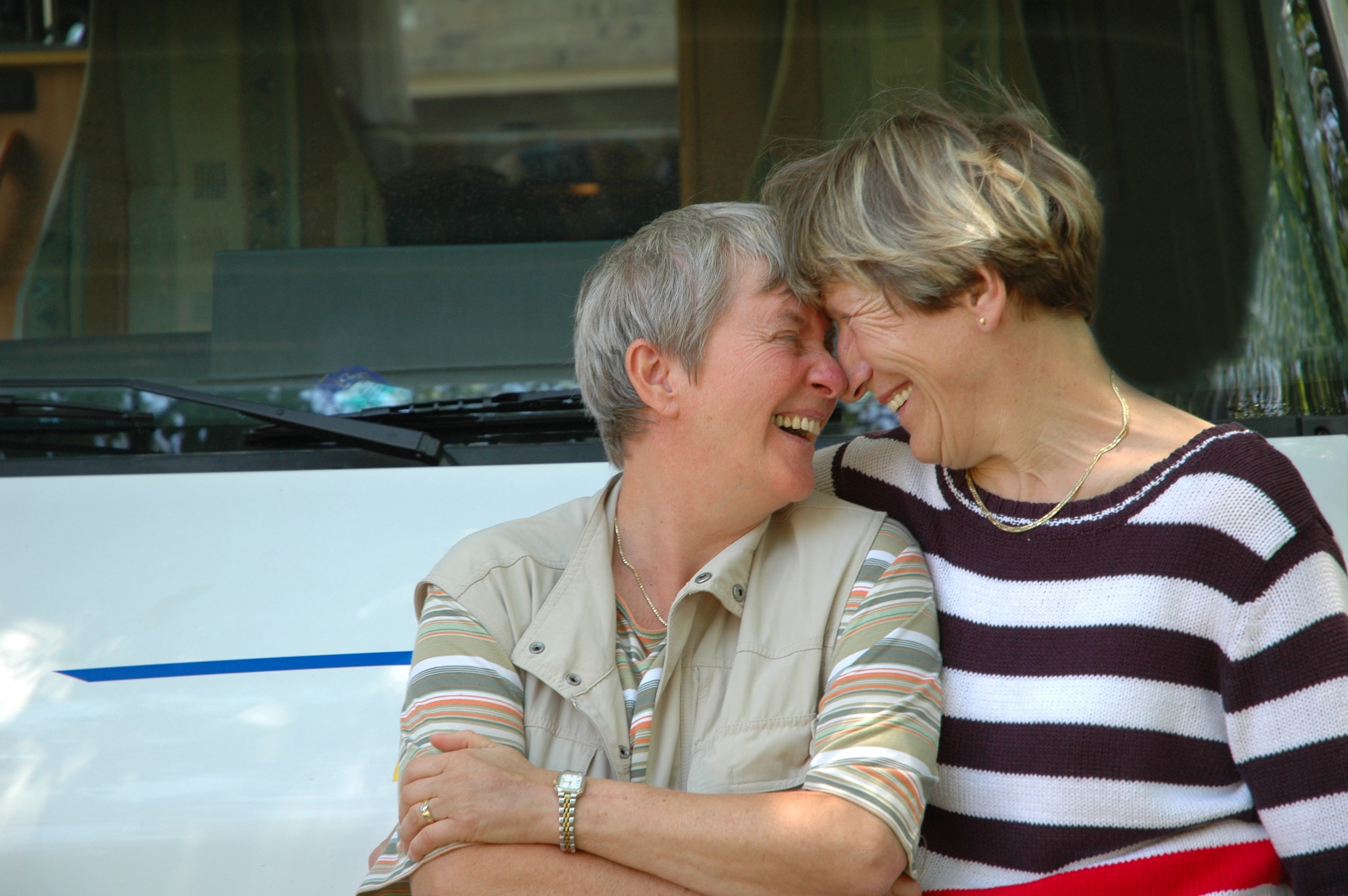Number of over-65s identifying as gay, lesbian or bisexual rises for first time
People in the youngest age bracket continue to comprise the highest number of those identifying as lesbian, gay or bisexual, however

The number of people aged 65-years-old and over who identify as lesbian, gay or bisexual in England and Scotland has increased for the first time, according to new figures.
Data shared on Thursday by the Office for National Statistics (ONS) reveals that the number of people identifying as either lesbian, gay or bisexual has risen from 0.7 per cent in 2018 to one per cent in 2019.
Despite the increase, the largest number of people identifying as lesbian, gay or bisexual remains concentrated in the lower age brackets, with the youngest age group accounting for one third of all lesbian, gay and bisexual people in the UK.
The new analysis reveals that one in 15 people aged between 16 and 24-years-old (6.6 per cent) identify as lesbian, gay or bisexual – an increase of 2.2 per cent since 2018.
These figures reflect a wider trend across the UK population, with an estimated 2.7 per cent of people aged 16 and above identifying as either lesbian, gay or bisexual in 2019, up from 2.2 per cent in 2018.
According to the ONS, this may be because “younger people could be more likely to explore their sexuality, combined with more social acceptability of different sexual identities and the expression of these today.”
Although increases were observed in England and Scotland, figures for Wales and Northern Ireland remained static, however.
Among English regions, people in London were most likely to identify as lesbian, gay or bisexual, with 3.8 per cent of those in the capital placing themselves in this category.
At the opposite end of the spectrum, the East of England is home to the lowest number of people identifying as lesbian, gay or bisexual at just 2.1 per cent.
Statistician at the ONS Penelope McClure described the increase in younger people identifying as lesbian, gay or bisexual as “statistically significant”.
She said: “An estimated 1.4 million people aged 16 and over in the UK identified as lesbian, gay or bisexual (LGB) in 2019 - a statistically significant increase from 1.2 million in 2018 - continuing the trend we have seen over recent years.
“People aged 16 to 24 continue to be the most likely to identify as LGB, however, the proportion of older adults identifying as LGB, while much smaller, is also increasing.”
The figures are based on data from the Annual Population Survey (APS), which gathers information exclusively on sexual orientation.
A spokesperson for the ONS told The Independent that a new question on gender identification was added to the 2021 census, with results from this expected to follow in 2022.
Subscribe to Independent Premium to bookmark this article
Want to bookmark your favourite articles and stories to read or reference later? Start your Independent Premium subscription today.

Join our commenting forum
Join thought-provoking conversations, follow other Independent readers and see their replies